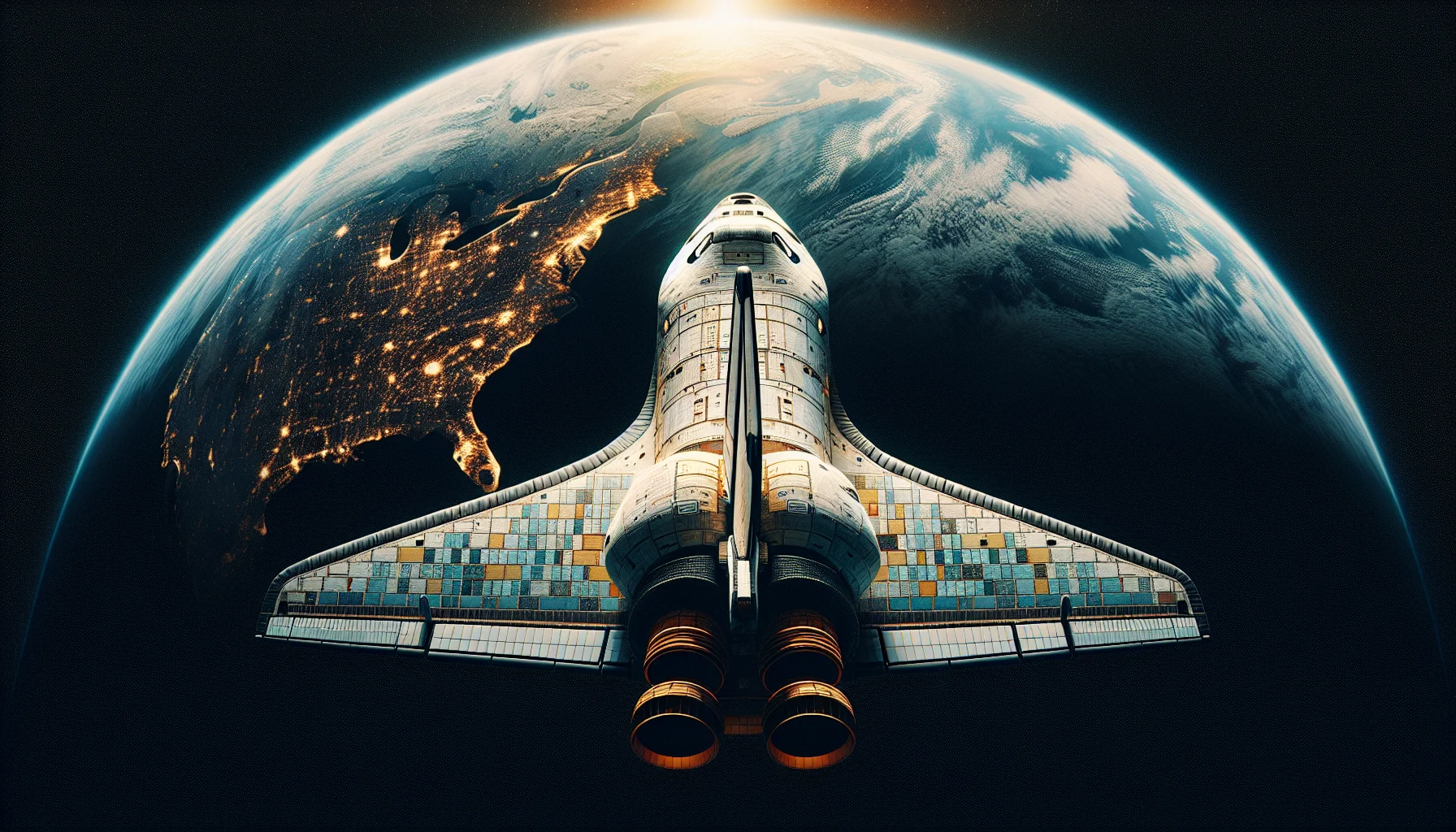
The Space Shuttle Columbia Disaster
by: The Calamity Calendar Team
February 1, 2003
A Mission Launched with Hope
The early morning of January 16, 2003, marked the beginning of what was expected to be another successful mission for NASA's pioneering space shuttle, Columbia. As the spacecraft roared to life and ascended from the Kennedy Space Center in Florida for its 28th journey, no one could predict the heartbreak that would later unfold. This voyage, designated STS-107, was not just another mission; it was loaded with scientific hopes, tasked with carrying out experiments designed to ignite curiosity across disciplines like biology and astronomy. But as Columbia soared through the sky, a seemingly small incident occurred — one that would later escalate into an unthinkable catastrophe.
The Unseen Threat
Columbia was the first space-rated orbiter in NASA's shuttle fleet, a symbol of America’s aspirations in space exploration. On that fateful launch day, Columbia carried seven astronauts into orbit, each with dreams as vast as the cosmos itself. During the launch, a piece of insulating foam separated from the shuttle's massive external fuel tank. A routine event familiar to engineers and scientists. However, this time the consequences were unknowable. The foam struck Columbia's left wing, inflicting damage that appeared inconsequential at the time. Out of sight, a crucial weakness unfolded — the protective thermal tiles meant to defend the shuttle from the inferno of re-entry had been compromised.
An Ordinary Day Turns to Alarm
Weeks passed while Columbia orbited Earth, conducting numerous experiments that promised to deepen humanity’s understanding of outer space. On February 1, 2003, as Columbia began its journey home, the crew prepared for the familiar yet challenging process of re-entering Earth's atmosphere. Everything seemed routine, until 8:44 AM Eastern Standard Time. As Columbia began its descent, NASA received data indicating a rise in temperature in the shuttle's left wing. This spike caught the mission’s observers' attention, but sensors sometimes behaved oddly. Then, eight minutes later, more temperature sensors inexplicably ceased transmitting data altogether.
The Moment of Disaster
As Columbia streaked through the sky, traveling at 18 times the speed of sound, disaster unfurled in a matter of moments. By 8:59 AM, the compromise in structural integrity became undeniable. Just a minute later, around 9:00 AM, the world watched in horror as Columbia disintegrated over the bright Texas sky. Trails of debris streaked across the morning horizon, telecasting tragedy as panic rippled through mission control. The burning debris marked the end of Columbia, leaving no survivors.
Lives Cut Short
The loss of Columbia also meant the heartbreaking loss of seven courageous astronauts: Commander Rick D. Husband, Pilot William C. McCool, Michael P. Anderson, Ilan Ramon, Kalpana Chawla, David M. Brown, and Laurel B. Clark. Each had embarked on this mission carrying ambitions, and hopes for what could be accomplished once in orbit. Their individual stories were woven with rich dreams stretching from atmospheric science to experiments exploring the roots of life itself. A silent, unseen threat stole these aspirations, leaving a planet mourning and determined to prevent such a tragedy from ever happening again.
The Aftermath and Investigation
Moving from immediate grief to determined investigation, the Columbia Accident Investigation Board (CAIB) was formed to draw clarity from chaos. This marked the beginning of a meticulous probe into the factors leading to the disaster, pointing to the damage caused by the insulating foam which critically impaired Columbia's thermal protection system. The CAIB’s findings highlighted technical failures but also shone a light on deeper issues within NASA's operational culture, emphasizing the crucial need for improved safety protocols and decision-making processes.
Thanks for subscribing!
Recovery and Repercussions
In the aftermath, a large-scale recovery effort commenced, stretching across 28,000 square miles of Texas and Louisiana. NASA, aided by the U.S. Forest Service and numerous volunteers, tirelessly worked to piece together the remnants of a colossal puzzle, sifting through debris to prevent the tragedy from being in vain. Yet beyond the sorrow endured and metal fragments gathered, a profound change was set in motion.
Policies were overhauled, leading to mandatory checks before all future shuttle launches. NASA faced an economic impact, with the loss of Columbia and its crew valued in billions, prompting considerations of not just cost but the irreplaceable value of human life. Shuttles would no longer venture forth into the void without strict measures to ensure potential inspection and repair in orbit.
Shaping the Future
The Columbia disaster's lessons etched themselves into NASA's very being, transforming how the space agency approached safety and operation. Projects like the Artemis Program and collaborations with private companies embedded stringent safety protocols, ensuring that reminders of Columbia’s tragic loss would help forge paths to safer celestial endeavors. As space exploration evolved, engineers and visionaries sculpted designs that prioritized astronaut safety, steering humanity’s gaze upward with caution and hope intertwined.
While the memory of Columbia and its courageous crew casts a long shadow across space history, it illuminates NASA’s future endeavors, a constant reminder of the cost of ambition met with unyielding force. Columbia's story echoes a pledge that every leap into the unknown is backed by the dedication to ensure such sorrow is not repeated, marking a testament to both human vulnerability and its indomitable will.
Stay in the Loop!
Become a Calamity Insider and get exclusive Calamity Calendar updates delivered straight to your inbox.
Thanks! You're now subscribed.